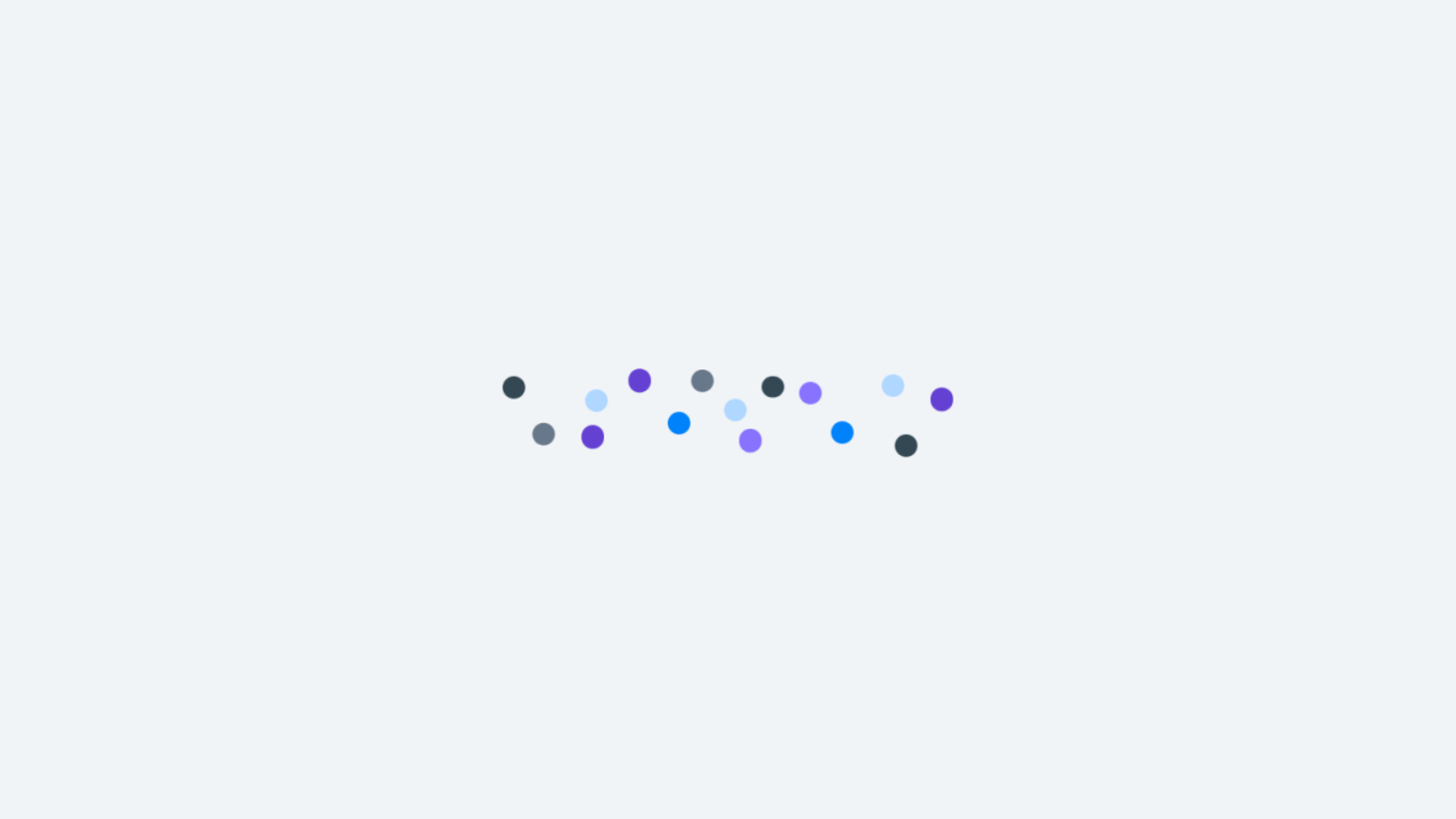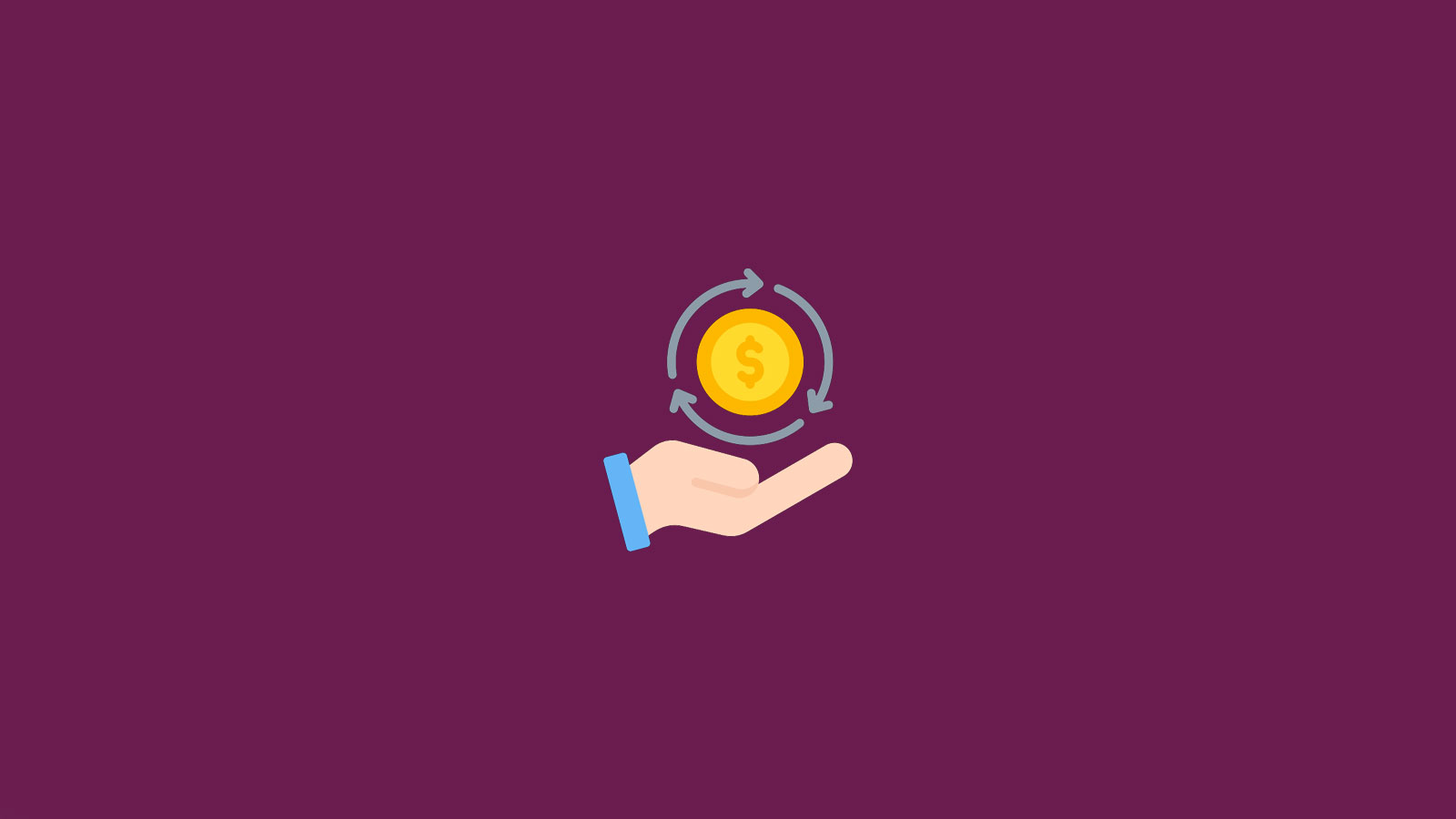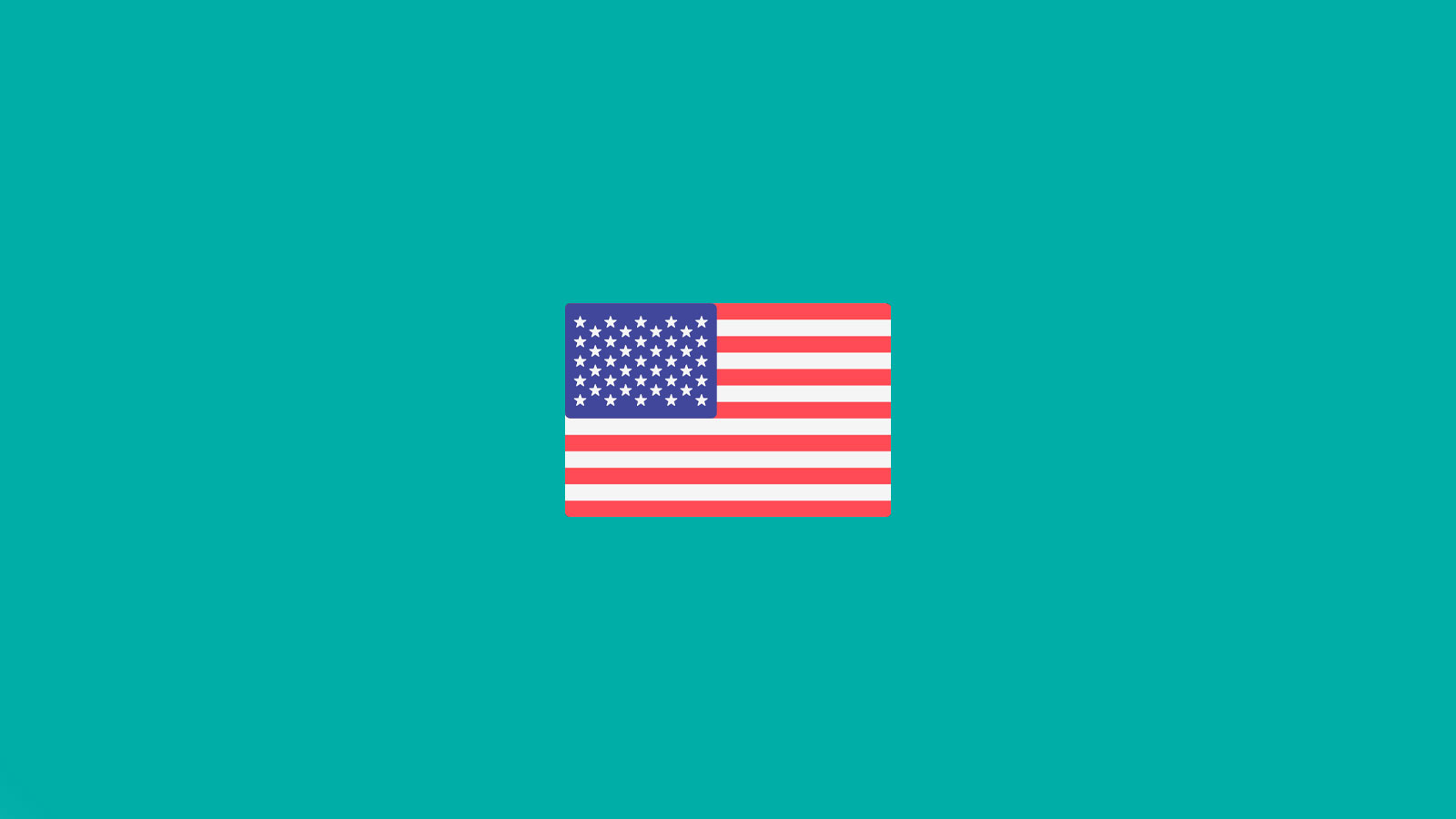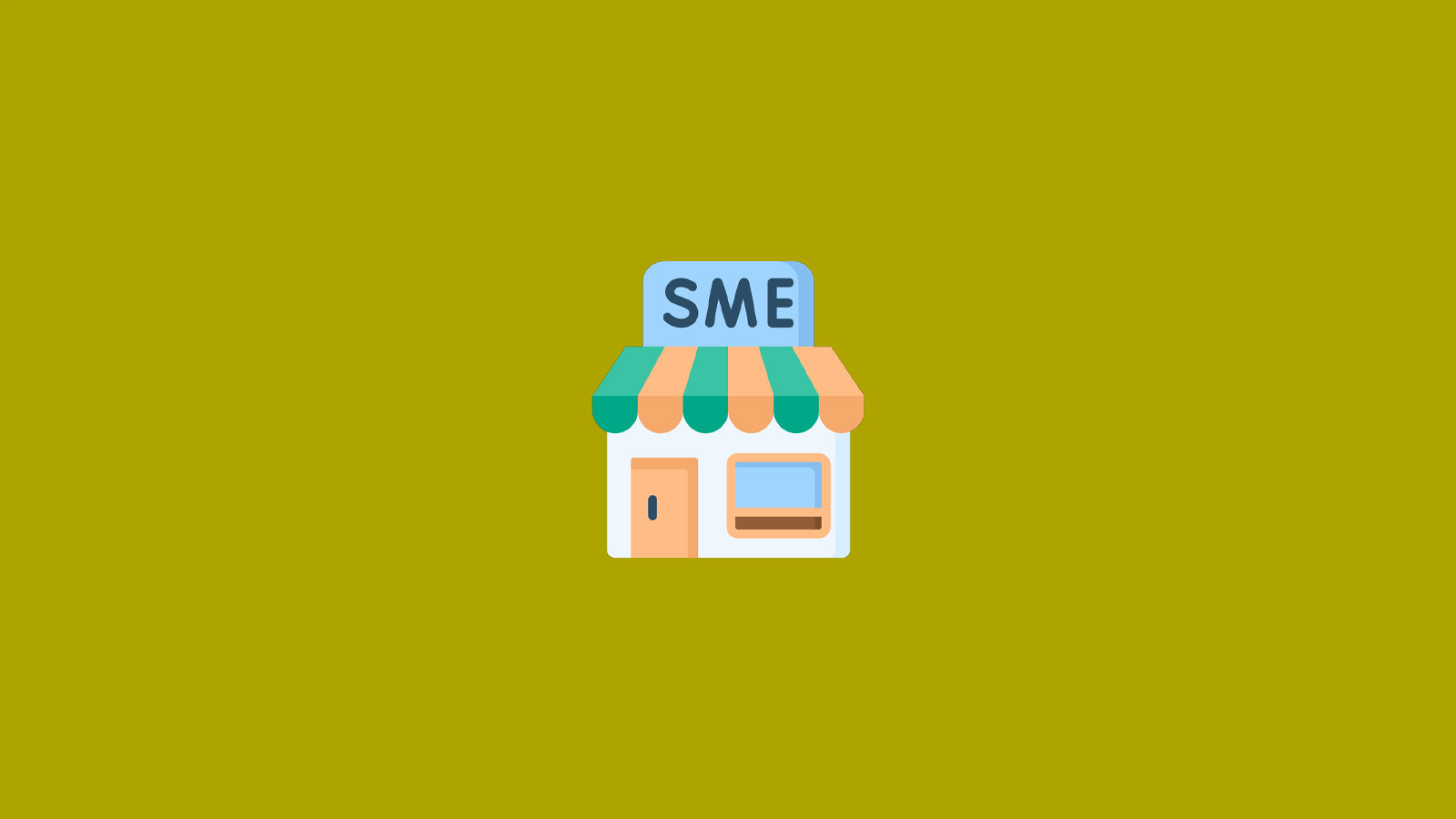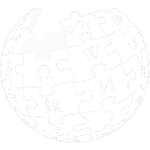The real estate market in Bangladesh is a dynamic and rapidly evolving sector, fueled by urbanization, population growth, and economic progress. The market is valued at approximately US$2.75 trillion, with the residential segment leading at US$2.04 trillion. With a projected growth rate of 1.97% to 7.13% annually through 2029, the sector is poised to play a pivotal role in Bangladesh’s economic landscape. This article explores the current trends, challenges, and opportunities shaping the real estate market in Bangladesh.
The real estate market in Bangladesh is a key economic driver, with a residential sector that accounts for the majority of its value. Fuelled by rapid urbanization, a rising middle class, and significant government infrastructure projects like the Padma Bridge and Metro Rail, the market is undergoing a period of dynamic growth. However, it faces challenges such as high registration fees, land scarcity, and a persistent housing shortage, which disproportionately affects low- and middle-income groups.
Table of Contents
ToggleMarket Overview
The real estate sector contributes 7.5% to 8.6% to Bangladesh’s GDP and supports millions of jobs, including in construction and related industries. Urban centers like Dhaka, Chattogram, and Sylhet are the primary hubs, driven by rapid urbanization (currently at 38.5% with a 3–6% annual growth rate) and a growing middle class. Despite challenges like political uncertainty and regulatory hurdles, the market remains resilient, with significant potential for investors and developers.
Key Trends Shaping the Market
Several key trends are shaping Bangladesh’s real estate market, including rapid urbanization and a significant housing supply-demand gap. Major government infrastructure projects like the Padma Bridge and Dhaka Metro Rail are driving property value appreciation. Technology is also playing a key role, with developers adopting digital platforms, virtual tours, and green architecture practices to improve efficiency and appeal.
Rapid Urbanization and Residential Demand
Bangladesh’s urban population is expanding rapidly, with Dhaka alone requiring 60,000 to 120,000 new housing units annually. However, private developers supply only about 25,000 units, creating a significant gap. High-rise apartments and gated communities with modern amenities like security, gyms, and community spaces are increasingly popular, particularly in upscale areas like Gulshan, Banani, and Dhanmondi. Additionally, studio apartments (250–1,000 sq. ft.) are gaining traction among single individuals and small families due to their affordability.
Infrastructure Development
Major infrastructure projects, such as the Padma Bridge and Dhaka Metro Rail, have boosted property values in areas like Purbachal, Uttara, and Agrabad. Government initiatives like Vision 2021 and Vision 2041 prioritize real estate development to drive economic growth, further enhancing market prospects.
Technological Advancements
The adoption of virtual tours, 3D modeling, and online property platforms has revolutionized the market, improving transparency and accessibility. Developers are also embracing green architecture and energy-efficient buildings, aligning with a 2025 mandate for concrete blocks to reduce air pollution.
Commercial and Mixed-Use Developments
The commercial sector is thriving, driven by the influx of multinational companies and the need for office spaces, retail outlets, and logistics facilities. Mixed-use developments, integrating residential, commercial, and recreational spaces, are gaining popularity for their convenience and high return on investment (ROI).
Non-Resident Bangladeshi (NRB) Investments
NRBs, particularly from the UK, Middle East, and USA, are significant investors, especially in luxury properties in Sylhet and Dhaka. Remittances, a key economic driver, continue to fuel real estate growth, though concerns about black money investments persist.
Challenges Facing the Market
Bangladesh’s real estate market faces several key challenges, including a significant housing shortage, particularly for low- and middle-income groups, with demand far exceeding the current supply. The market is also hampered by regulatory and financial barriers such as high registration fees, complex bureaucratic procedures, and high interest rates on home loans, which deter both buyers and developers. Furthermore, political and economic uncertainty, coupled with inflation and rising land prices, have led to a decrease in sales and an overall market slowdown.
Political and Economic Uncertainty
Recent political transitions and inflation have led to market stagnation, with annual flat sales dropping to 10,000 in FY 2022-23 and 2023-24, compared to 15,000 a decade ago. The cancellation of the Detailed Area Plan (DAP) for 2022–2035 has added further uncertainty.
Regulatory and Financial Barriers
Regulatory and financial constraints significantly hinder the growth of Bangladesh’s real estate sector. High registration fees, ranging from 15–18%, alongside bureaucratic delays, discourage property transactions and slow down investment. While the Real Estate Development and Management Act, 2010, and RAJUK’s oversight were introduced to bring structure and accountability to the market, enforcement remains inconsistent, limiting their effectiveness. On the financial side, high home loan interest rates of 8–15% and the lack of diverse, accessible financing options make homeownership unaffordable for a large segment of the population. These barriers collectively restrict market growth and discourage potential buyers and investors.
Housing Shortage
Bangladesh faces a severe urban housing shortage, with current demand estimated at 6–8 million units and projected to rise to 10.5 million by 2030. The gap between supply and demand continues to widen, leaving a large portion of the population without adequate housing options. At the same time, high property prices and escalating rental costs have made housing unaffordable for nearly 80% of urban dwellers. This growing imbalance poses a critical challenge for policymakers, developers, and city planners striving to address the nation’s housing crisis.
Land Acquisition Issues
Land acquisition remains one of the biggest hurdles for real estate development in Dhaka. Frequent disputes over land ownership, unclear documentation, and legal complications create long delays in project initiation and completion. At the same time, the rapid rise in land prices significantly increases overall project costs, making it harder for developers to maintain affordability while ensuring profitability. These challenges not only slow down construction timelines but also discourage investment, adding further complexity to the already competitive and high-demand housing market.
Opportunities for Growth
The real estate market in Bangladesh presents significant growth opportunities driven by government initiatives, a rising middle class, and increased foreign investment. Government policies, such as lower registration fees and home loans, are making properties more affordable, while major infrastructure projects are creating new investment hotspots. Furthermore, the market is attracting foreign capital and shifting towards sustainable and green development, appealing to a new generation of environmentally conscious buyers.
Government Initiatives
Programs like the Ashrayan Project, reduced registration fees, and low-interest home loans (e.g., 5% for government employees) aim to improve affordability. The establishment of the Real Estate Regulatory Authority (RERA) enhances transparency and consumer protection.
Emerging Hotspots
Emerging real estate hotspots in Bangladesh are attracting significant investor attention due to strong growth potential and planned infrastructure development. In Dhaka, areas such as Purbachal, Bashundhara, and Uttara are becoming prime locations, offering high returns on investment for both residential and commercial projects. Similarly, Agrabad in Chattogram is gaining prominence as a commercial hub, fueled by improved connectivity and urban expansion. These regions present lucrative opportunities for developers and investors seeking long-term value in the country’s evolving real estate market.
Foreign Investment
Government incentives, such as easier profit repatriation and tax benefits, are attracting foreign investors, particularly in Dhaka and Chattogram. The IFC’s $50 million bond with BRAC Bank supports affordable home loans, further boosting the market.
Sustainable Development
The shift toward eco-friendly construction and energy-efficient designs presents opportunities for developers to attract environmentally conscious buyers and align with global trends. Sustainable development is increasingly shaping the future of Bangladesh’s real estate sector. Developers are gradually adopting eco-friendly construction practices and energy-efficient designs to meet the growing demand for greener living spaces. This shift not only helps reduce environmental impact but also appeals to a rising segment of environmentally conscious buyers. Aligning with global sustainability trends, such initiatives create opportunities for developers to enhance brand value, meet regulatory expectations, and secure long-term market competitiveness.
Regional Highlights
- Dhaka: The epicenter of real estate activity, with high demand in upscale areas and emerging suburbs. Challenges include traffic congestion and high land prices.
- Chattogram: A growing market driven by its port and industrial activity, with strong demand for mid-tier housing and commercial spaces.
- Sylhet: A hotspot for NRB investments, particularly in luxury residential properties.
Who are the key players in Real Estate Market?
Key players in Bangladesh’s real estate market include prominent developers like Shanta Holdings, Building Technologies and Ideas (BTI), and Concord Real Estate. These companies, along with others such as Navana Real Estate, Sheltech, and Assure Group, are known for their luxury and mid-range residential and commercial projects, particularly in major urban centers like Dhaka. They are instrumental in shaping the market through modern high-rise apartments, gated communities, and innovative developments.
Several prominent developers are driving innovation and growth in Bangladesh’s real estate sector, delivering both mid-range and luxury projects in Dhaka, Chattogram, Sylhet, and other major cities. Leading companies include:
- Shanta Holdings Ltd. (SHL): Known for high-end residential and commercial projects in Dhaka.
- Concord Real Estate Limited: A pioneer in large-scale residential and infrastructure developments.
- Navana Real Estate (NREL): Specializes in premium apartments and commercial spaces.
- Sheltech (Pvt.) Ltd.: Renowned for quality residential projects and urban planning.
- Nakshi Homes Ltd. (NHL): Focuses on affordable and mid-range housing solutions.
- Sanmar Properties Limited: Develops luxury residential and mixed-use projects.
- Rangs Properties Limited: Offers upscale apartments and commercial complexes.
- ASSURE GROUP: Known for innovative residential and commercial developments.
- ABC Real Estate Company: Focuses on sustainable and modern housing projects.
- Artisan Real Estate Company: Specializes in boutique luxury properties.
- Dom-Inno Real Estate Company: Delivers high-quality residential and commercial spaces.
- Alliance Properties: Focuses on mid-range and luxury apartments in urban centers.
- Epic Properties Ltd.: Known for modern residential projects with advanced amenities.
- Edison Real Estate: Specializes in premium residential and commercial developments.
- Building Technologies and Ideas Ltd. (BTI): A leader in innovative and sustainable construction.
Future Outlook of the Real Estate Market in Bangladesh
The real estate market in Bangladesh is projected to reach US$3.07 trillion to US$3.53 trillion by 2029, driven by urbanization, infrastructure development, and a growing middle class. Addressing regulatory complexities, improving financing options, and ensuring sustainable development will be critical to sustaining this growth. Investors should focus on emerging hotspots, leverage technological advancements, and ensure legal compliance to maximize returns.
Bangladesh’s real estate market offers immense opportunities for investors, developers, and homebuyers, despite challenges like political uncertainty and regulatory hurdles. By capitalizing on infrastructure developments, technological innovations, and government initiatives, stakeholders can navigate the market’s complexities and contribute to its growth. As Bangladesh continues its journey toward becoming a developed nation by 2041, the real estate sector will remain a cornerstone of its economic progress.
References:
- Mordor Intelligence – Bangladesh Real Estate Market Size & Share Analysis
- Statista – Real Estate Market in Bangladesh
- The Daily Star – Real Estate Market in Bangladesh
- The Financial Express – Housing Market Trends in Bangladesh
- Research and Markets – Bangladesh Real Estate Market Outlook
- Market Research – Bangladesh Real Estate Market Report
- Bangladesh’s real estate sector has expanded significantly despite various challenges

